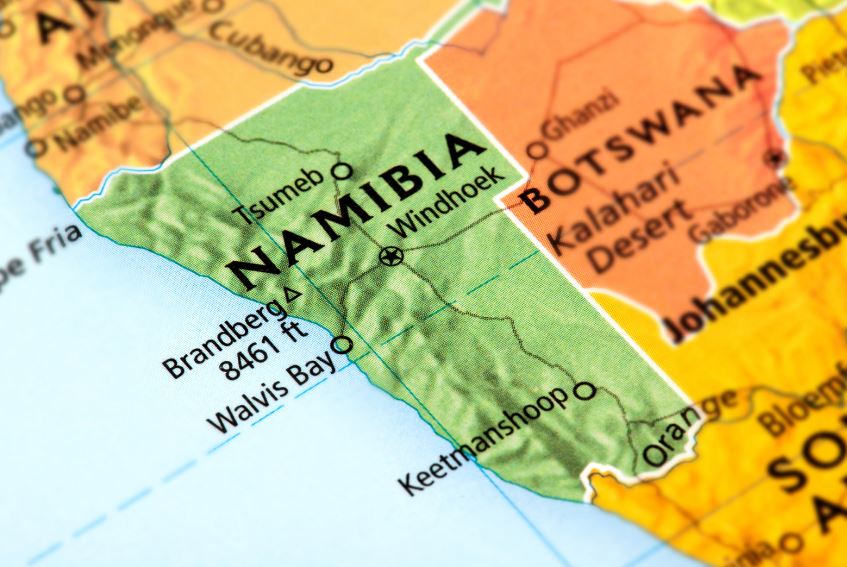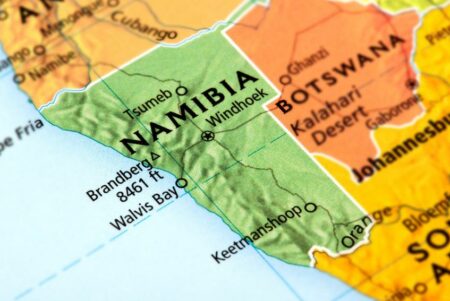The African Climate Foundation (ACF) recently unveiled a strategic partnership with the Namibian Environmental Investment Fund (EIF) through a Memorandum of Understanding (MOU) aimed at supporting Namibia’s Green Hydrogen Program.
The MOU signifies a commitment to advancing Namibia’s Green Hydrogen Program and promoting industrialization through the development of green hydrogen derivatives. With a focus on technical assistance and implementation support, the partnership aims to address key areas such as sustainable finance, green hydrogen, PtX derivatives (Power-to-Chemicals), and green industrialization. However, while the objectives outlined in the MOU are ambitious, their feasibility and impact require closer scrutiny.
One of the key objectives mentioned in the partnership announcement is Namibia’s target production of 10-12 million tons per annum of hydrogen equivalent by 2050. While this goal underscores the country’s aspirations to become a global player in the green hydrogen sector, questions arise regarding the feasibility of achieving such ambitious targets. Factors such as infrastructure development, technological advancements, and market demand will play a crucial role in determining the program’s success.
Sahele Fekede, the ACF’s Energy Access and Transitions Program Manager, emphasized the foundation’s commitment to supporting Namibia’s vision through financial assistance and technical expertise. While this declaration signals a strong commitment from the ACF, it also raises questions about the specific mechanisms through which the foundation plans to provide support. Clarity regarding funding mechanisms, project implementation strategies, and accountability measures will be essential for ensuring transparency and effectiveness.

